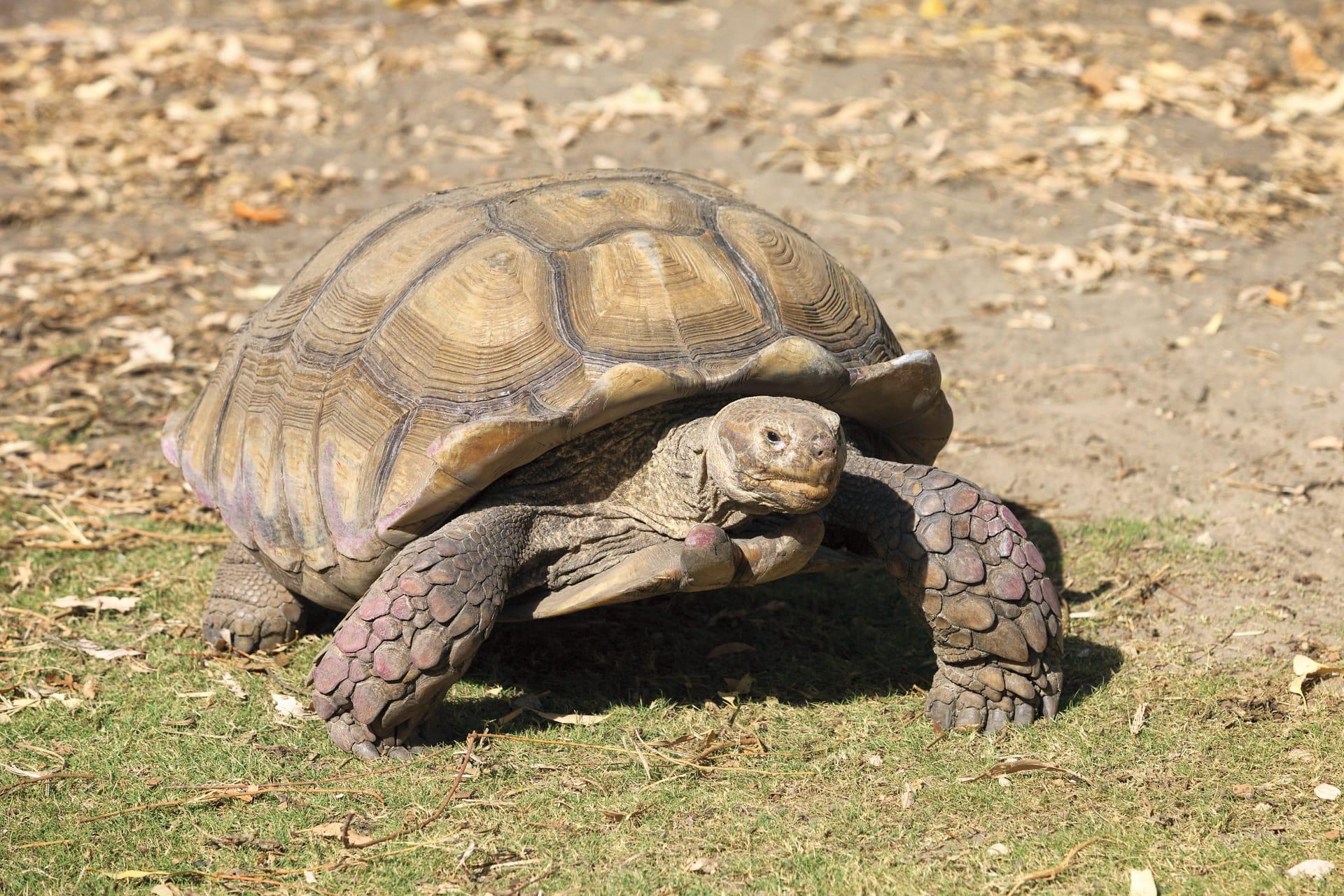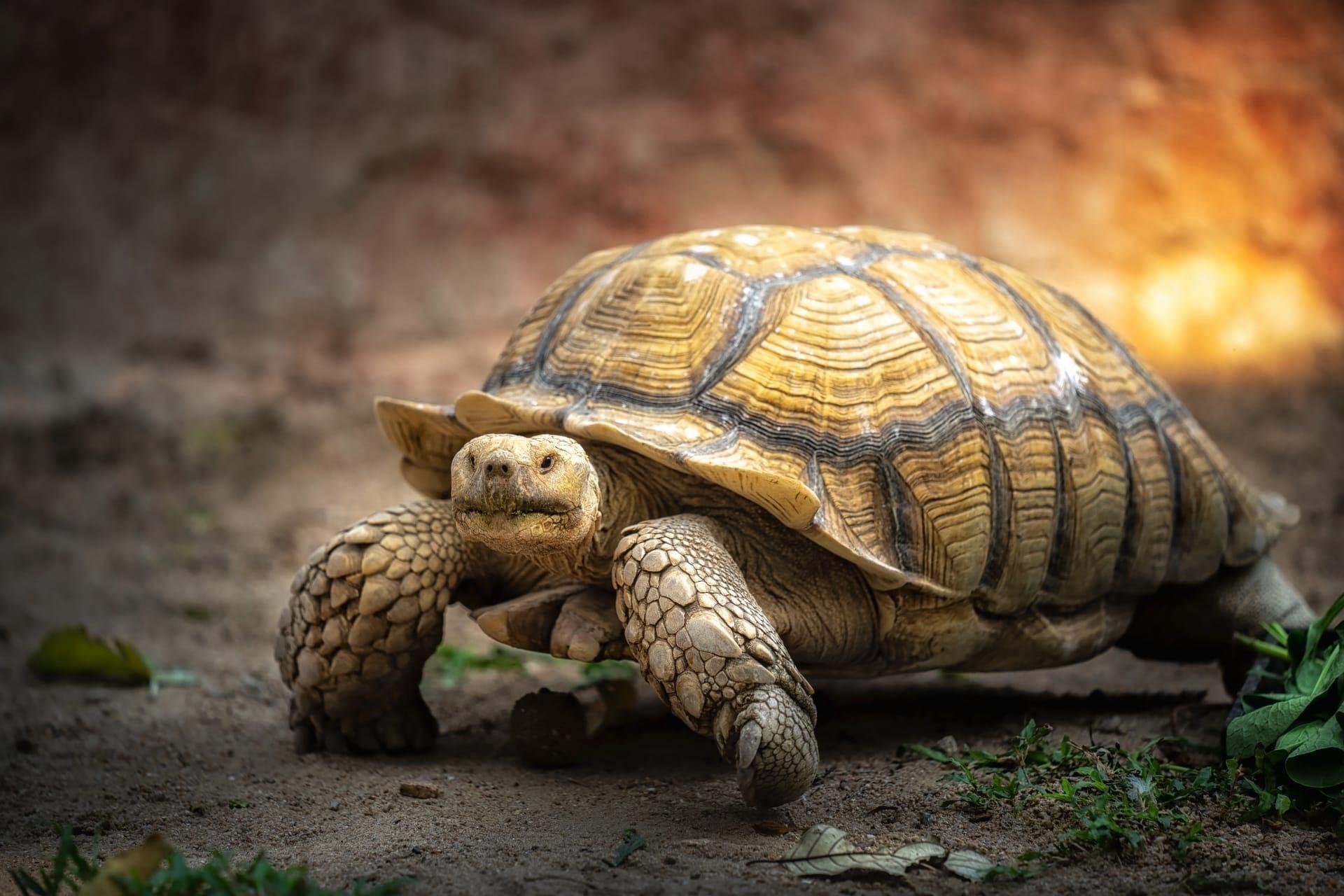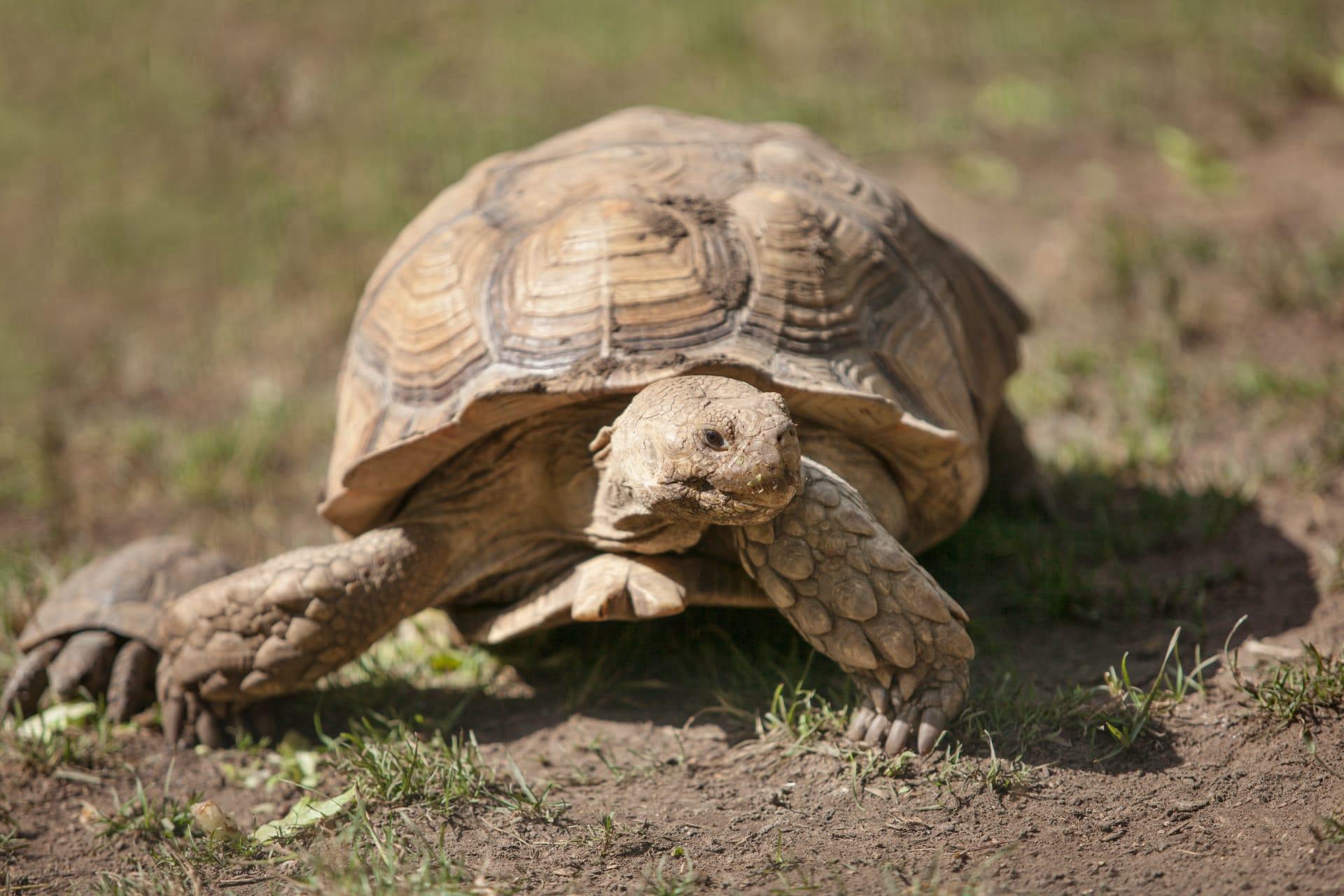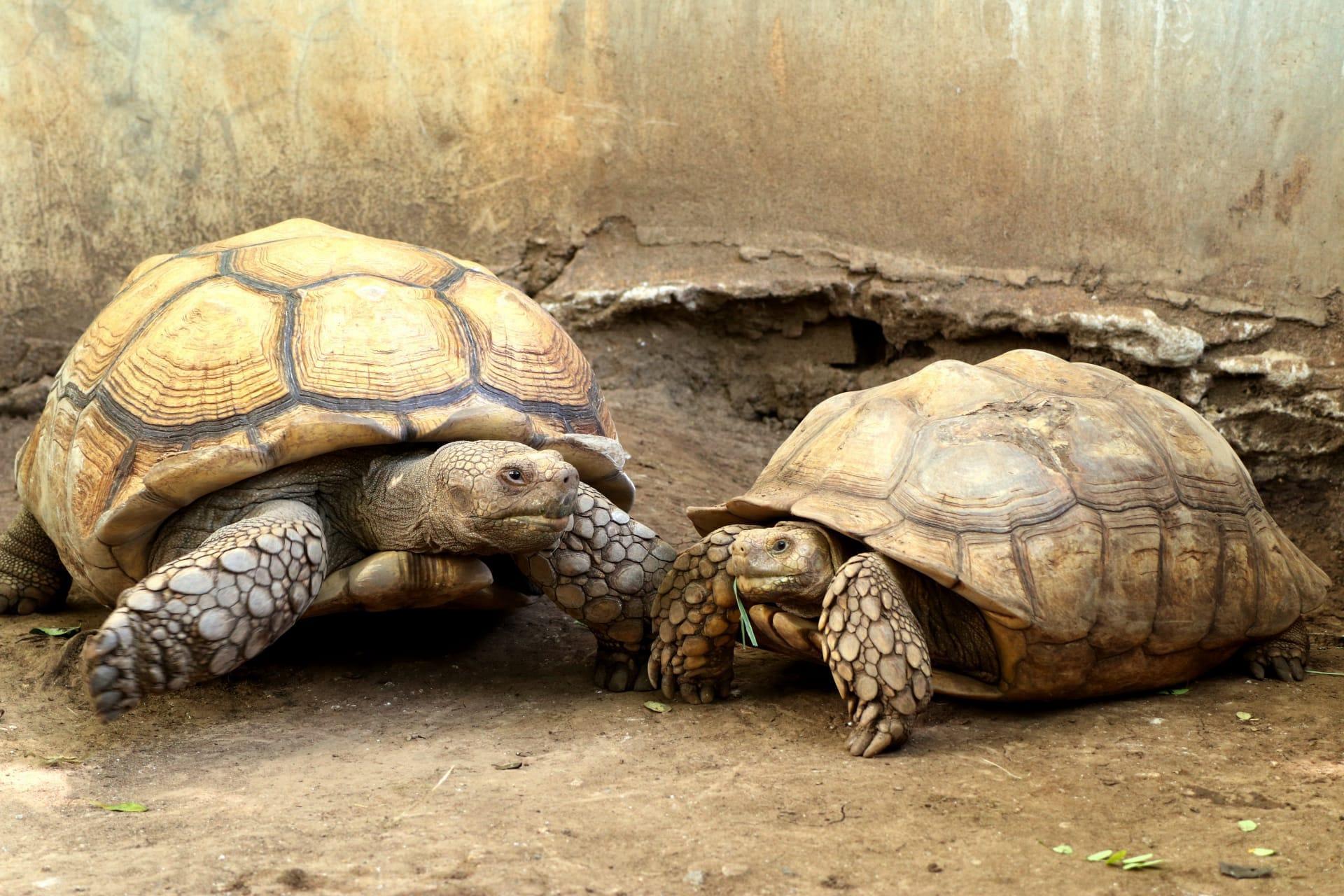Desert Tortoise Trivia
- Home /
- Trivia Question /
- Animal /
- Desert Tortoise Trivia
1
Question: How long can desert tortoises live in the wild, and what factors influence their lifespan?
Answer: Desert tortoises can live remarkably long lives, with many reaching up to 50-80 years in the wild. Factors influencing their lifespan include environmental conditions, availability of food and water, and threats from predators and human activities. Their slow metabolism and ability to store water help them survive in harsh desert conditions.
Question: What is the diet of a desert tortoise, and how does it vary with seasons and habitat?
Answer: Desert tortoises are primarily herbivores, feasting on a variety of grasses, wildflowers, and cacti. Their diet shifts with the seasons; in spring, they consume more flowers and fresh greens, while in the drier months, they rely on grasses and cacti. The specific plants they eat can vary greatly depending on their particular desert habitat.

2
Question: Is it true that desert tortoises can survive without drinking water for a year?
Answer: Yes, desert tortoises have adapted remarkably to arid environments. They can go without drinking water for up to a year, obtaining moisture from their diet. They store water in their bladders, which helps them survive long periods of drought.
Question: Do desert tortoises hibernate during winter like some other turtle species?
Answer: Desert tortoises actually undergo brumation, a form of dormancy similar to hibernation. During colder months, usually from November to February or March, they retreat into burrows to conserve energy, emerging again with the arrival of warmer weather.

3
Question: How do desert tortoises communicate with each other?
Answer: Desert tortoises are not very vocal, but they do communicate through a variety of means. Body language, such as head bobbing and shell posturing, plays a significant role. They also make hissing sounds, especially when threatened or during courtship.
Question: What role do desert tortoises play in their ecosystem?
Answer: Desert tortoises are essential for their ecosystems. They help in seed dispersal, contributing to plant diversity. Their burrows provide shelter for other animals, and they are a food source for predators, maintaining the natural balance.

4
Question: How does the shell of a desert tortoise help it survive in its harsh environment?
Answer: The shell of a desert tortoise is a remarkable adaptation. It provides protection from predators and extreme temperatures. The shell's light color reflects sunlight, helping to regulate body temperature, and its shape allows for efficient water runoff during rare rainfalls.
Question: What are the main threats to desert tortoise populations?
Answer: Desert tortoise populations face several threats. Habitat loss due to urban development and mining, road mortality, and diseases like upper respiratory tract disease are significant challenges. Additionally, predation by ravens and disturbances by off-road vehicles are also concerning.

5
Question: Can desert tortoises swim, and how do they interact with water?
Answer: Desert tortoises are not swimmers. They are adapted to arid environments and avoid large bodies of water. However, they do require water and will drink when it is available, often after rare rainfalls, to store in their bladders.
Question: How do desert tortoises regulate their body temperature in extreme desert temperatures?
Answer: Desert tortoises are ectothermic, relying on the environment to regulate their body temperature. They are active during cooler parts of the day and spend the hottest hours in burrows. Their burrowing behavior is crucial for avoiding extreme heat and maintaining a stable body temperature.